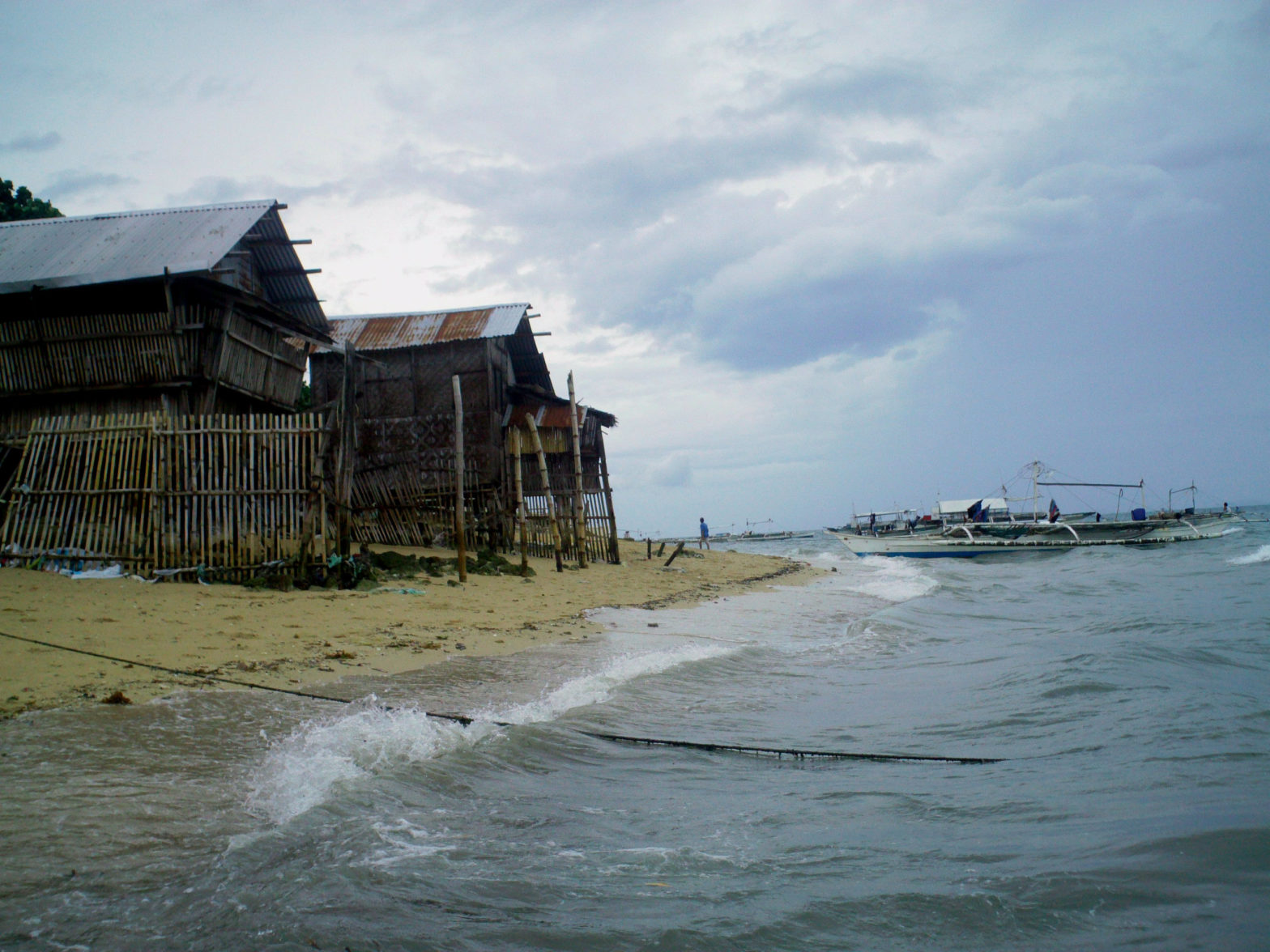
By COOPER RESABAL, VERA Files
NOCNOCAN Island, Bohol—Defying wind and rain, children romp around the white sand beach leading to this 2-hectare village of houses on stilts where mothers tend their homes and men their fighting cocks.
But behind this simple, idyllic life on this island named after “nocnoc” (shellfish) lies something sinister: For more than two decades, Nocnocan has been a breeding and training ground of boys and men who face danger and abuse to dive and hunt for fish to pay off their debts.
“We need to activate local councils in Bohol against (human) trafficking because the phenomenon looks like it is unnoticed, and involves some hidden arrangement and agreements,” said Carmelita Tecson, officer-in-charge of the Bohol Social Welfare and Development Office (SWDO).
Not too many cases have been filed against traffickers in Tawi-Tawi. Since December 2012, the Bongao Inter-agency Task Force Against Trafficking in Persons has recorded more than 80 cases of trafficked fishermen from Bohol and Cebu rescued and brought back from Tawi-Tawi.
Of this, one case involving two recruiters in Tawi-Tawi was filed July 2013 and is awaiting resolution. In January, another case involving a recruiter was referred to the Zamboanga City Prosecutor’s Office.
Traffickers are often too well connected to law enforcers and others are good at evading authorities, according to the Tawi-Tawi Provincial Police Office’s Women and Children Protection Desk.
In Bohol, not one case has been filed against humantraffickers.
